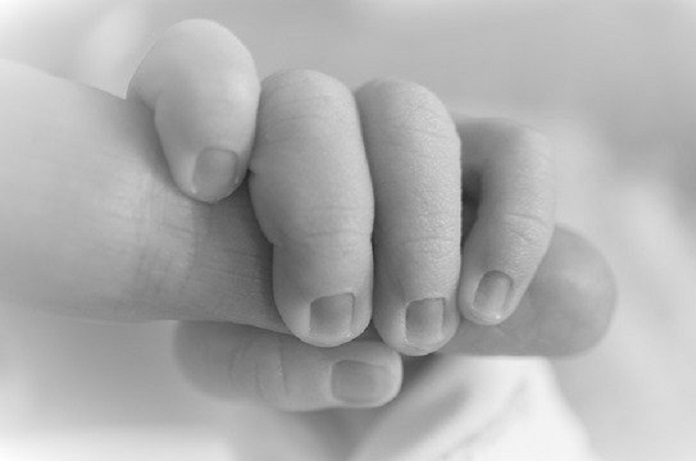A new clinical trial is being launched and researchers are currently recruiting patients to be included in the autism risk study.
According to the Centres for Disease Control and Prevention (CDC), autism spectrum disorder (ASD) affects one out of every 59 children. Children with ASD generally exhibit symptoms by the age of two, and the symptoms differ depending on the severity and type of condition.
In addition, the prevalence of ASD is increasing. According to the CDC, the incidence of ASD has increased from 20 out of 100,000 births to 1,700 out of 100,000 births from 1970 to 2014. Moreover, the diagnosis rate for ASD is increasing at a rate of between ten and 17 percent annually according to various United States government agencies. Only about 60 percent of this increase is expected to be caused by improved diagnosing practices, while other factors contributing to the increase remain unknown.
Although there is no cure for ASD, behavioral and occupational therapy or medication can help mitigate symptoms and improve social skills. Early treatment often results in the best outcomes, so early detection of ASD is optimal for children. To address this issue, researchers at the University of California San Diego School of Medicine began the second phase of the UC San Diego Newborn Screening-Autism Risk Study.
Every baby born in California has their blood tested upon birth and stored on filter paper to test for various genetic conditions. The purpose of this study is to determine whether or not the stored blood drops can predict future ASD diagnoses. The particular blood test being used searches for over 600 metabolites and 400 environmental chemicals in the dried blood drops, many of which have been previously correlated with neurological disorders. Some of the environmental chemicals in question include pesticides, air pollutants, lead and mercury, and polychlorinated biphenyls (PCBs).
Researchers for the study are searching for 400 participants who meet the following criteria to be included in the autism risk study:
-they are born in California and are between the ages of three and ten
-they are either diagnosed with ASD or not diagnosed with ASD and not taking prescription medications
-they were born within three weeks prior and two weeks after their expected date of birth
-they were not readmitted to the hospital within a month of their date of birth
The results of the study may determine whether ASD can be predicted before any symptoms appear, which is optimal for treatment outcomes. Moreover, this may open opportunities for potentially preventing ASD; as Dr. Robert Naviaux, MD, PhD, and professor at the UC San Diego School of Medicine believes that more than half of ASD cases could be prevented through diagnosing before symptoms appear.
Written by Avery Bisbee
References:
Autism Facts and Figures. (n.d.). Retrieved February 16, 2020, from https://www.autismspeaks.org/autism-facts-and-figures
Autism spectrum disorder. (2018, January 6). Retrieved February 16, 2020, from https://www.mayoclinic.org/diseases-conditions/autism-spectrum-disorder/diagnosis-treatment/drc-20352934
Newborn Screening Autism Risk Study. (n.d.). Retrieved February 16, 2020, from http://naviauxlab.ucsd.edu/study/
Predicting autism risk may begin with a drop of blood. (2020, February 13). Retrieved February 16, 2020, from https://www.eurekalert.org/pub_releases/2020-02/uoc–par021320.php
Image by Mylene2401 from Pixabay



